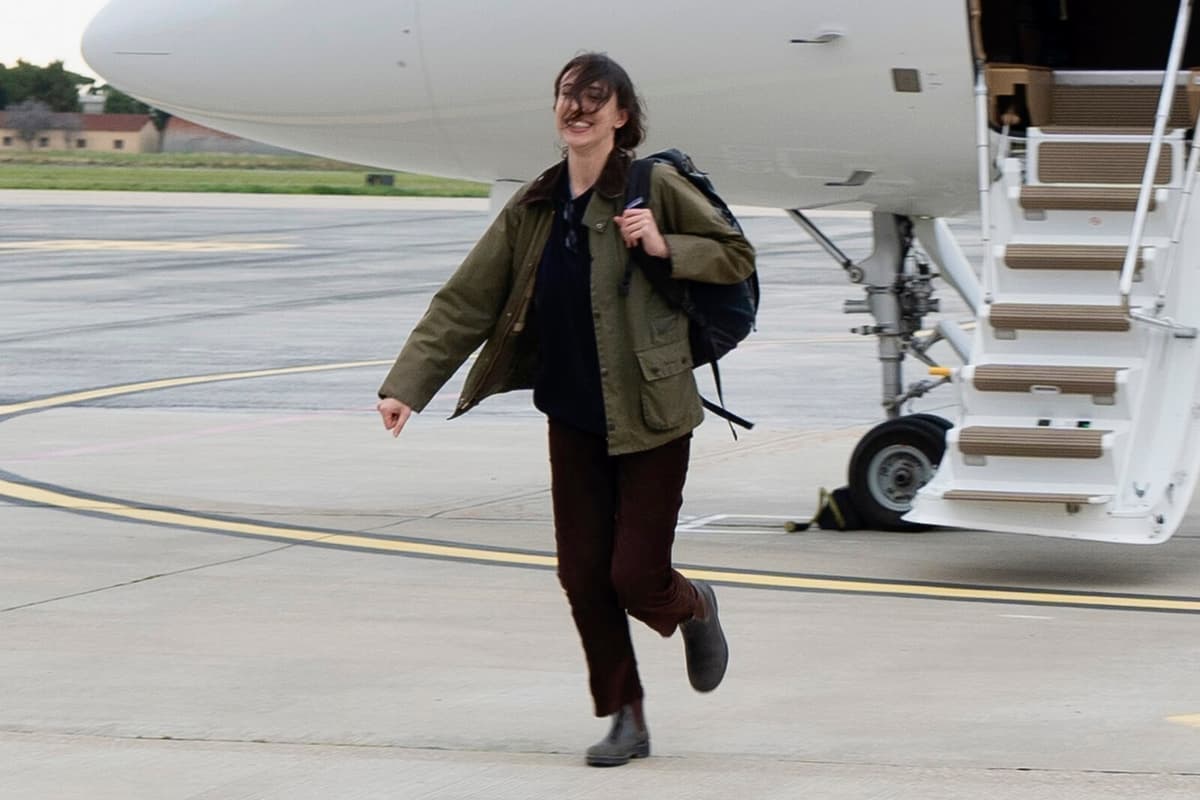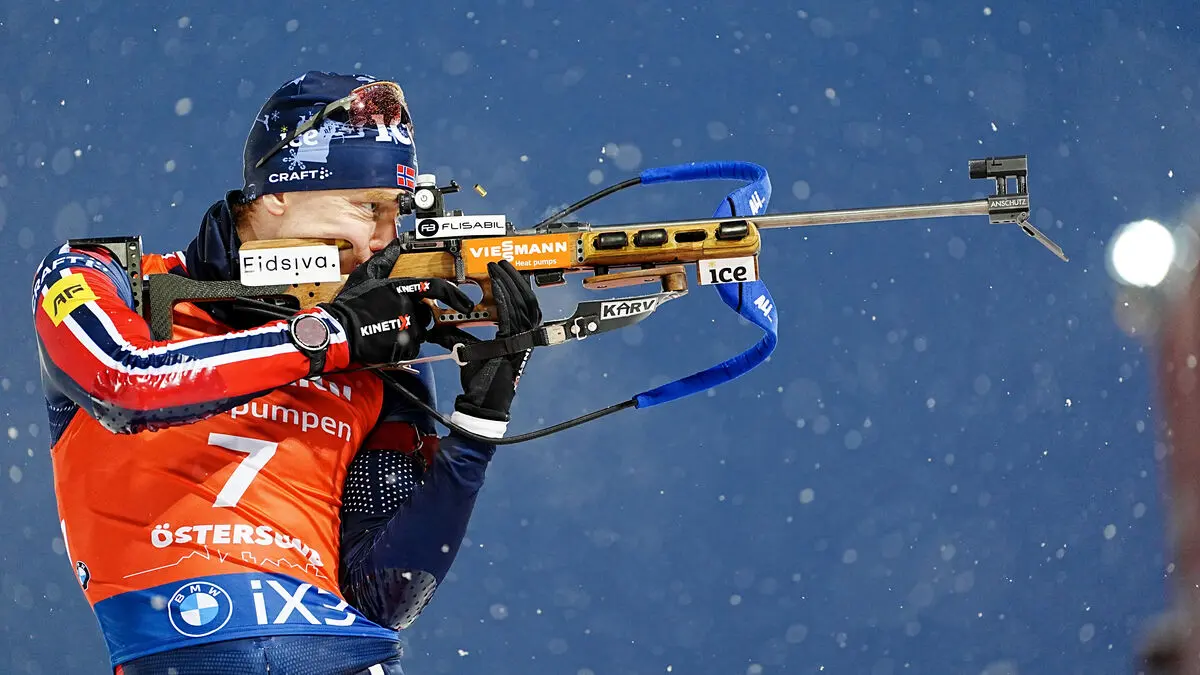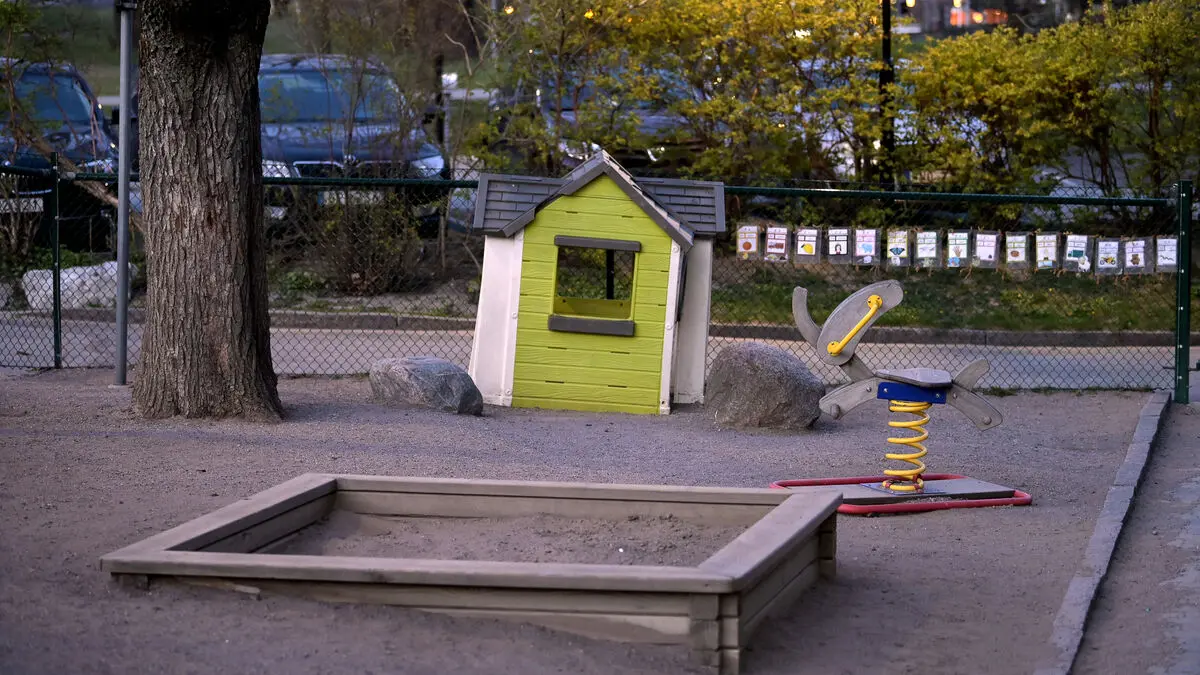Mohammad Abedini landed on Sunday evening, according to Iranian state media.
Hours earlier, Italian Justice Minister Carlo Nordio had asked a court to lift the detention order and refused to extradite him to the USA, which Washington had requested.
Abedini was arrested in Italy on December 16 after accusations from the USA that he had delivered advanced navigation technology for drones to Iran's military, in violation of American sanctions.
USA involved
The components are said by the USA to have been used in a drone attack on a Jordanian military base near the border with Syria, which killed three Americans.
According to a statement from the Italian Ministry of Justice on Sunday, the accusations against Abedini, which were linked to a federal American law, lacked a counterpart in Italian legislation.
Three days after Abedini's arrest, Iran detained the Italian journalist Cecilia Sala, who was on a reporting trip in Tehran. For three weeks, she was held in isolation in Iran's notorious Evin Prison – but on Wednesday, she was released and allowed to return to her home country.
Italian Prime Minister Giorgia Meloni then said that "diplomatic triangulation" with Iran and the USA was crucial in getting Sala back home. The journalist was released after Meloni visited the USA's incoming President Donald Trump in Florida.
Hostage diplomacy
Iran often uses so-called hostage diplomacy – where foreign citizens are arbitrarily detained to later be used in negotiations with the outside world.
In Sweden, the Iranian strategy became most well-known in connection with the arrest of Swedish citizen Johan Floderus in Tehran.
Floderus was later used in a prisoner exchange for Iranian Hamid Noury, sentenced to life imprisonment in Sweden for his involvement in the mass executions of political prisoners in Iran.





